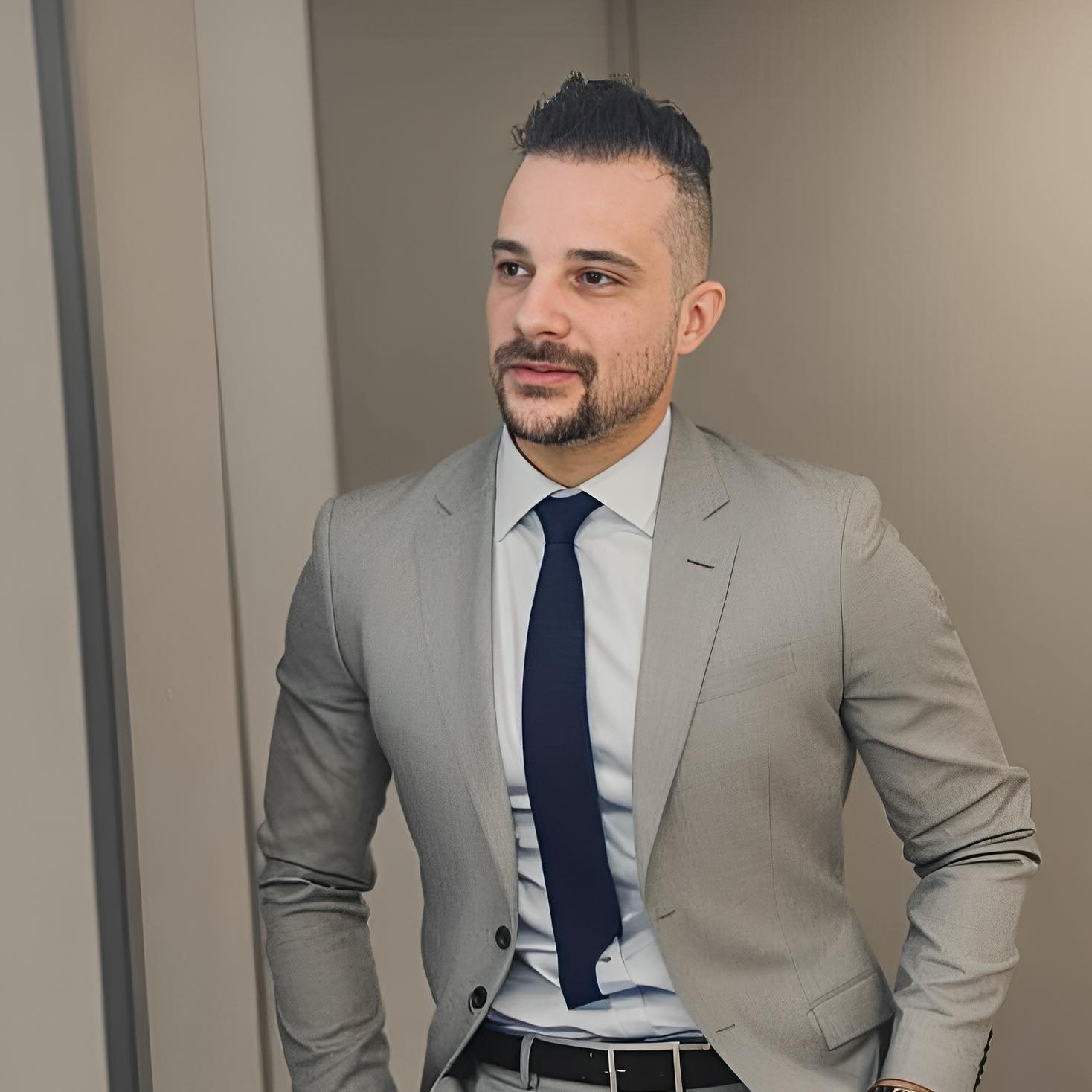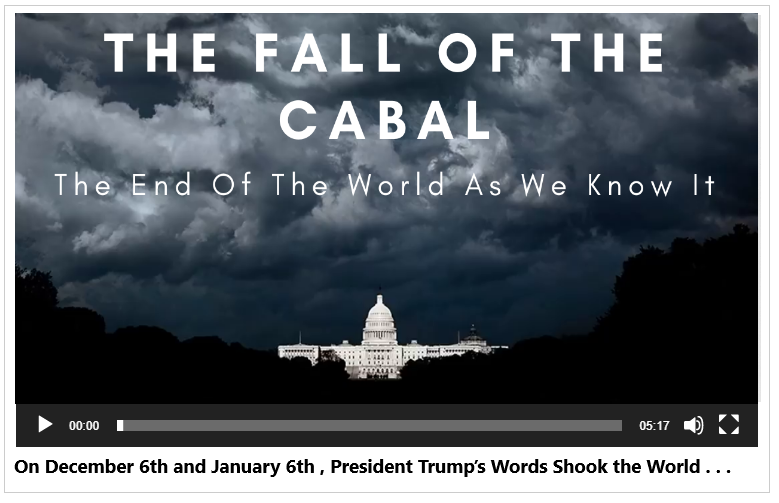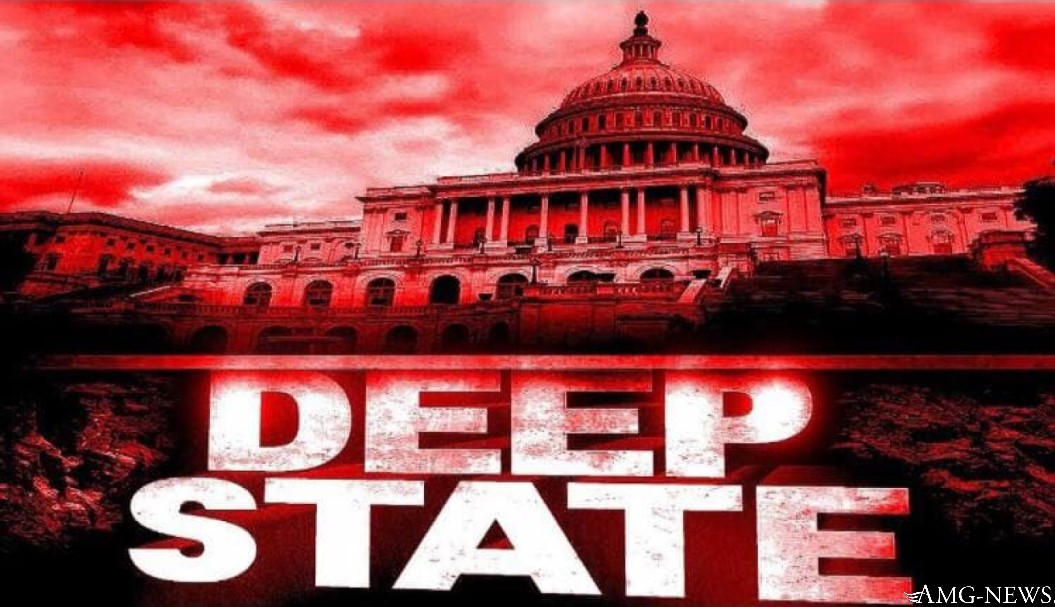Ever notice most of the news channels are saying the same thing at the exact same time?
Operation Mockingbird was created by the CIA, to weaponize news outlets against the general public.
You are being programmed. Further proof the lamestream media is controlled by one entity, and can’t be trusted as a reliable source. Question everything.
Operation Mockingbird indicates the CIA’s involvement in the manipulation of the news published in the United States and across the world. Today, one can identify such manipulation with fake news.
Operation Mockingbird commonly refers to the CIA’s involvement in journalism during the 1970s.
The CIA bribed students as well as established journalists and reporters to write a CIA version of the events.
Senator Frank Church established the Church Committee in order to investigate ‘government operations and potential abuses’.
The CIA admitted their manipulation of mainstream media in order to change the American people’s mind and published the Family Jewels.
The idea of a large organisation controlling the minds and thoughts of individuals, pushing them towards a specific ideology and certain life choices, may seem as science fiction, or as an absurd conspiracy that can be found in books and movies. However, for some, it is certainly not a new surprising discovery that corporations, organisations and politicians, manipulate public opinion in order to fit certain agendas. These, are in their turn manipulated by even bigger and more powerful organisations, such as the government itself.
Also Read: List of Indictments, Arrests and Executions – Dismantling the Deep State Operatives and Doubles

The CIA controlling and manipulating civilians’ minds is not fiction: it is a conspiracy turned out to be true during the 1970s in the USA.
Following the Second World War, the Central Intelligence Agency (CIA) was able to gain control over what was being published not only in the USA but more in general across the globe. It exerted much influence over what the public should be allowed to see, and what should be concealed. In essence, it ruled what ‘the public saw, heard and read on a regular basis’ (Tracy 2018).
Operation Mockingbird is a United States CIA campaign that aimed not only to influence the media but also infiltrate it.
Since the 1950s, the CIA started recruiting journalists, editors, and students in order to write and promulgate false stories. The CIA’s stories were entirely propaganda and their employees were paid huge salaries in order to promote such fake news. Essentially, the CIA managed to control both national and international newspapers through a bribe.
During the ‘50s, Cord Meyer and Allen W. Dulles devised and organised a propaganda outreach program. They recruited leading American journalists into a network in order to promulgate the CIA’s views.
The CIA went to the extremes of funding students, cultural organisations, and magazines that would spread the CIA’s views of events.
However, the suspicion that the CIA could manipulate public opinion arose between 1972-1974 due to the Watergate Scandal, which exposed President Nixon’s involvement in the war in Vietnam.
In fact, Nixon had adopted two strategies: whereas on the one side he was employing aggressive strategies in order to try and appease North Vietnam, on the other, he was trying to appease the protests in the U.S. by demonstrating through the press and the news that he was aiming to achieve a peace agreement and bring home the American troops. When the truth about Nixon’s Vietnamization was revealed, many started to question up to which point was the CIA enmeshed in the publishing of news and information (Slate 2018).
Recommendation : The End Of The World As We Know It…The Fall Of The Cabal
Moreover, during the Cold War, the CIA supported many prominent writers and artists such as Arthur Schlesinger and Jackson Pollock in their ‘propaganda war against the Soviet Union’ (Washington 2017).
In 1977, Carl Bernstein published The CIA and the Media in Rolling Stone. The article exposed much of the CIA’s attitude towards the spreading of fake news and it’s tacit’ as well as ‘explicit’ collaboration with journalists. Bernstein explains how journalists did not limit themselves to write what the CIA suggested: their relationship was much more complicated and intimate. In fact, reporters ‘shared their notebooks with the CIA’, some of the journalists were also award-winning writers, and others became spies in Communist countries (Bernstein 1977).
According to Dice (2016), more than a billion dollars were being invested each year in such propaganda programs. The CIA’s writers were generously retributed, and there were no limits on how much they could receive: sometimes they were paid more than half a million dollars to spread the information required by the CIA.
When the CIA was caught out in their wrongdoings, they did not reveal the newspapers and the names of the journalists with whom they had collaborated in the past (Harrock 1976).
However, in 1973, the Washington Star published the names of around three dozens of American journalists. According to the CIA, revealing the names of those who had worked with them, meant ‘endangering’ the writers’ and reporters’ lives, as well as making them appear in a ‘ridicule’ light (Harrock 1976).
Church Committee and actions to prevent the CIA’s involvement in the news
During the 1970s, the Church Committee was created by Senator Frank Church in order to investigate any ‘government operations and potential abuses’ carried out by the CIA, the NSA, the FBI, and the IRS (Goldfarb 2018). During an interview, Senator Church publicly claimed: ‘we have quite a lot of detailed information and we will evaluate it and we will include any evidence of wrongdoing or any evidence of impropriety in our final report, and we will make recommendation’.
In 1973, the CIA published Family Jewels, a book which exposes all the information that had been hidden and/or manipulated through the years. The book is around seven-hundred pages long.
Moreover, in the same year the Director of the CIA, William E. Colby stated that ‘CIA will undertake no activity in which there is a risk of influencing domestic public opinion, either directly or indirectly. The Agency will continue its prohibition against the placement of material in the American media. In certain instances, usually, where the initiative is on the part of the media, CIA will occasionally provide factual non-attributable briefings to various elements of the media, but only in cases where we are sure that the senior editorial staff is aware of the source of the information provided’ (Slate 2018; citing Colby).
Also: Deep State Arrests Update: The CIA, FBI, NSA, DHS and The Military Industrial Complex
In 1975, the CIA admitted their manipulation of mainstream media in order to forge and redirect the opinions of American citizens. They admitted that information was distorted in order to fit specific agendas. Following a report published by the U.S. Congress in 1976: ‘The CIA currently maintains a network of several hundred foreign individuals around the world who provide intelligence for the CIA and at times attempt to influence opinion through the use of covert propaganda. These individuals provide the CIA with direct access to a large number of newspapers and periodicals, scores of press services and news agencies, radio and television stations, commercial book publishers, and other foreign media outlets’.
Also: CIA Top Secret List of 8 Million Names Who Will Be Rounded Up When Martial Law Is Imposed
Although in 1975 George H.W. Bush publicly ended the CIA relations with the U.S. media, the CIA is still actively involved with foreign news organisations, which in turn, feed the United States media with information.
Bush established that ‘the CIA will not enter into any paid or contractual relationships with any full-time or part-time news correspondent accredited by any United States news service, newspaper, periodical, radio or television network or station’ (Slate 2018).
Although in 1976, Colby claimed that Central Intelligence had broken all relations and ties with journalists in 1973, this is hard to believe (Harrock 1976). Moreover, he also stated that he did not see any harm in purchasing information from ‘part-time correspondents who sell their information to news organisations in the country’ (Harrock 1976).
However, a general suspicion took over the Capitol City: all conservative journalists and former CIA employees that had rapidly achieved recognition within the news world were now regarded with mistrust (Harrock 1976).
The same year, Senator Church published in his report that the CIA had a strong network composed of ‘several hundred foreign individuals around the world’ that were dedicated to providing the Central Intelligence with misleading news (Slate 2018).
In fact, American journalist Scott Shane gives an account of his experience with the CIA: in 1979, he received their recruitment letter in which they ‘expressed “tentative interest” in [his] qualifications’ (Shane 2018). Shane declined the offer of collaborating with the CIA, and his file was placed in the ‘inactive section’ (Shane 201).
According to Bernstein (1977), the people that worked undercover for the CIA often were employed by the ‘CBS, Time, the New York Times, the Louisville Courier-Journal, the Copley News Service, ABC, NBC, Reuters’, and so on. Moreover, throughout the 1950s, the CIA invested much money in training their agents as journalists: according to members of the CIA, they ‘were taught to make noises like reporters’ before being placed in powerful organisations (Bernstein 1977).
In essence, mass media is able to implement manipulative strategies in order to alter ‘global perception’ about events, people, and situations (Washington 2017; citing Davis 2008). Certainly, it would be naive to believe that the government has stopped paying journalists ‘to spread disinformation’ (Washington 2017). The United States are often the first to spread information in order to serve their own objectives: as Washington (2017) points out, ‘the government plants disinformation in American media in order to mislead foreigners’.
Our mission to champion democracy, freedom of speech, and patriotic values relies on the support of dedicated individuals like you. Your contribution is vital in helping us provide insightful analysis, uncover pressing issues, and inspire positive change in our nation.
Join us in our commitment to making a difference. Every donation counts and empowers us to continue our work in advocating for the values we hold dear.
Thank you for being a crucial part of our journey.

I’m a 33-year-old writer and the founder of World Reports Today. Driven by the timeless principles of democracy and freedom of speech, I use my platform and my writing to amplify the voices of those who uphold these ideals and to spark meaningful conversations about the issues that truly matter.








